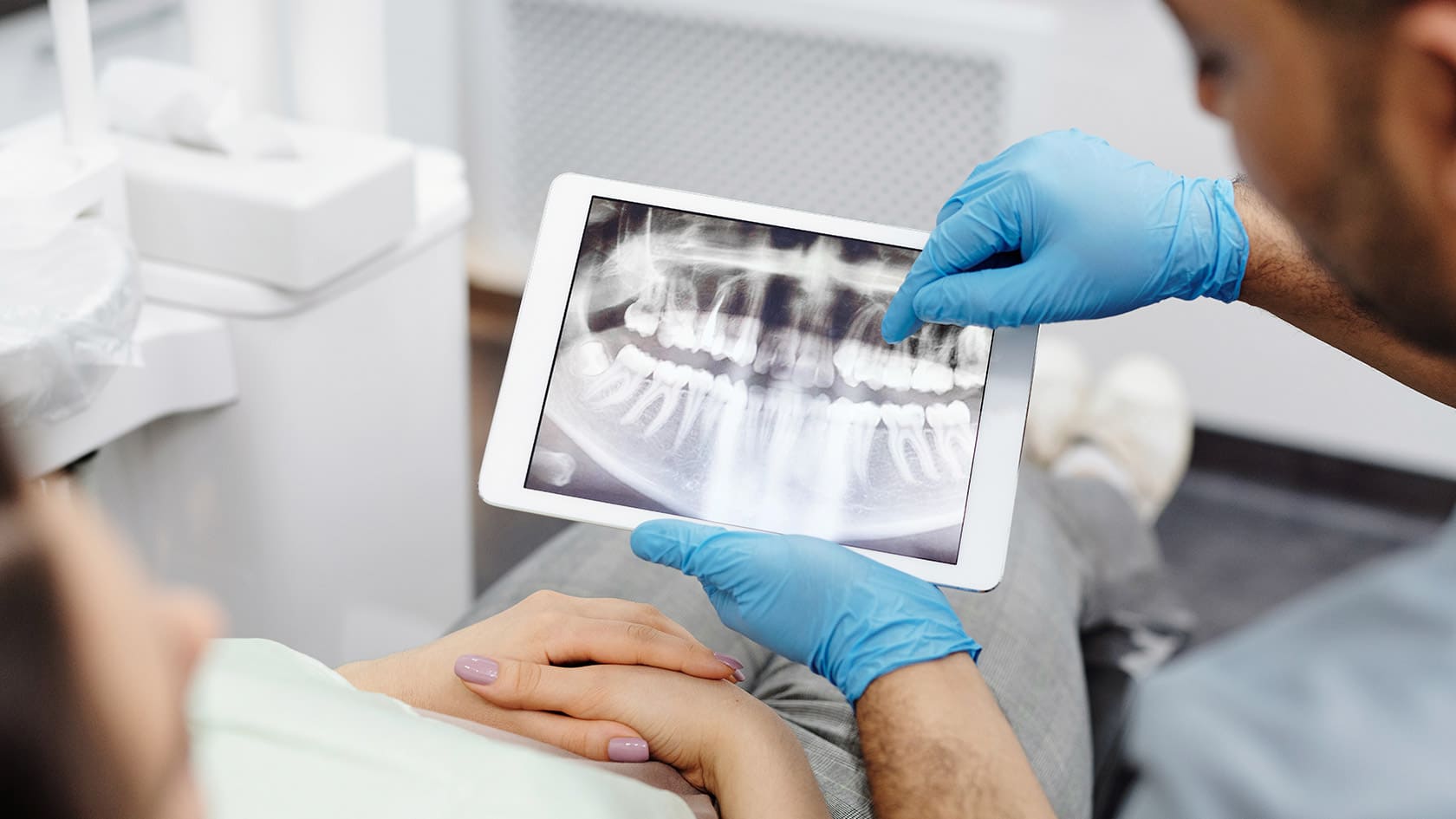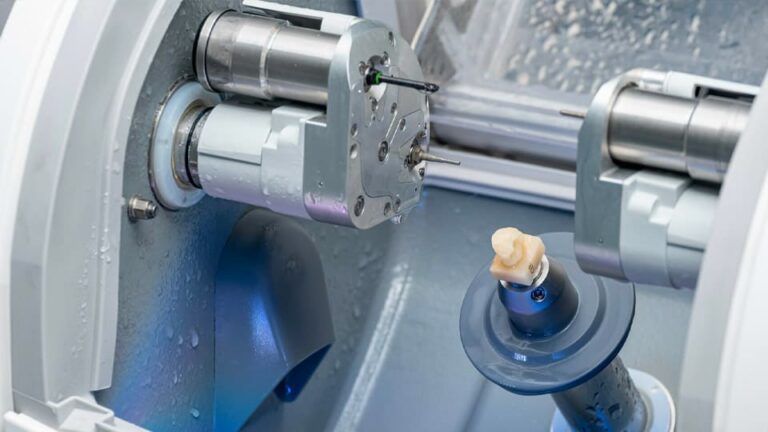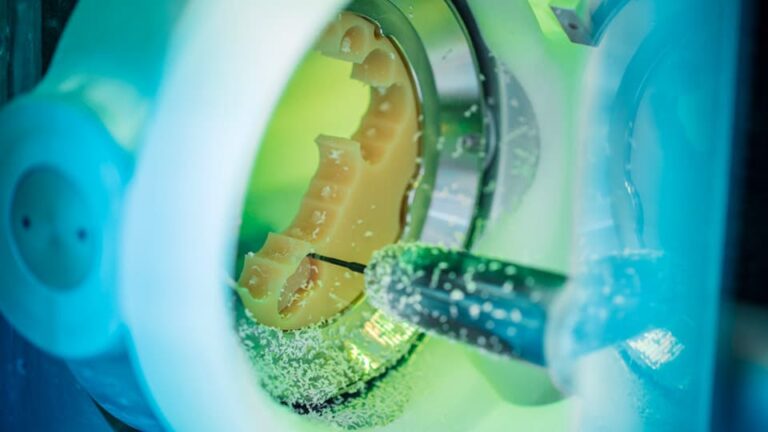What is Digital Dentistry?
Digital dentistry is the practice of using digital technologies to perform dental procedures. These technologies assist dentists in the planning, designing, and implementation stages of treatments.
Digital dentistry involves computer-aided design (CAD) and computer-aided manufacturing (CAM) techniques. Dentists can create 3D models of teeth using digital scanning devices and take X-rays using digital imaging methods. These technologies enable dental treatments to be performed more accurately, quickly, and comfortably. Digital dentistry applications include dental implants, porcelain veneers, teeth whitening, dental fillings, tooth extraction, and other restorations.
What are the Advantages of Digital Dentistry?
Accuracy: Digital dentistry creates 3D models of teeth using high-precision digital scanning technologies. This enables dentists to plan and implement treatments more accurately.
Speed: While traditional dental techniques can be time-consuming, digital dentistry can be applied more quickly. This shortens the duration of the treatment.
Comfort: Digital dentistry technologies are less invasive than traditional techniques. They cause less pain, sensitivity, and discomfort.
Communication: Digital dentistry improves communication between dentists and patients. 3D digital images help patients better understand their dental problems.
Aesthetics: Digital dentistry can be used to achieve more aesthetic results. In particular, porcelain laminates, porcelain veneers, and other restorations make patients’ teeth look more natural.
Efficiency: Digital dentistry enables more efficient work. Digital scanning and design techniques allow dentists to plan treatments more quickly and effectively.

What are the Applications of Digital Dentistry?
Digital dentistry is used in many different application areas.
These include:
Dental implants: Digital dentistry technologies enable more accurate planning and application of dental implants.
Porcelain veneers: Digital scanning and design techniques allow for more precise and accurate placement of porcelain veneers.
Teeth whitening: Digital dentistry technologies allow for faster and more effective teeth whitening.
Dental fillings: Digital scanning techniques enable more accurate planning and application of dental fillings.
Tooth extraction: Digital dentistry technologies allow for safer and less invasive tooth extractions.
Dental restorations: Digital dentistry technologies enable more accurate planning and application of dental restorations.
Orthodontic treatments: Digital scanning techniques enable more accurate planning and application of orthodontic treatments.
Dental education: Digital dentistry technologies can be used in dental education and allow for better education and training for dentists.
Cad/Cam in Digital Dentistry
CAD/CAM is an important part of digital dentistry. This term is formed by the combination of “computer-aided design” (CAD) and “computer-aided manufacturing” (CAM) words.

CAD/CAM allows dentists to digitally design teeth and then transfer these designs to a computer numerical control (CNC) milling machine. This machine produces the teeth according to the design.
The use of digital dentistry CAD/CAM technology provides dentists with many advantages. These technologies enable more accurate design and production of teeth. Additionally, the use of CAD/CAM allows dentists to treat more patients in less time.

In addition, the use of CAD/CAM technology in digital dentistry can make dental treatments less invasive for patients. Therefore, patients experience less pain and faster recovery times.
As a result, the use of CAD/CAM technology in digital dentistry makes dental procedures more accurate, faster, and less invasive, providing many advantages to both dentists and patients.
What are the frequently asked questions about digital dentistry?
The duration of digital dentistry treatments can vary depending on the treatment needs. However, they can generally be completed in a shorter amount of time compared to other traditional methods.
Digital dentistry treatments are generally less painful compared to other traditional methods. Therefore, they can provide patients with a more comfortable treatment experience.
Digital dentistry treatments may be more expensive compared to other traditional methods. However, in the long run, they may be a more cost-effective option due to their durability and requiring less maintenance.
Digital dentistry treatments may generally be suitable for everyone. However, your dentist will examine you and determine whether digital dentistry treatments are appropriate for you.
Digital dentistry treatments carry less risk compared to traditional methods. However, like any dental treatment, it is important to remember that there are still some risks involved. Your dentist will explain the risks to you before treatment.
Digital dentistry treatments can be durable in the long term. Therefore, they can last longer compared to other traditional methods.